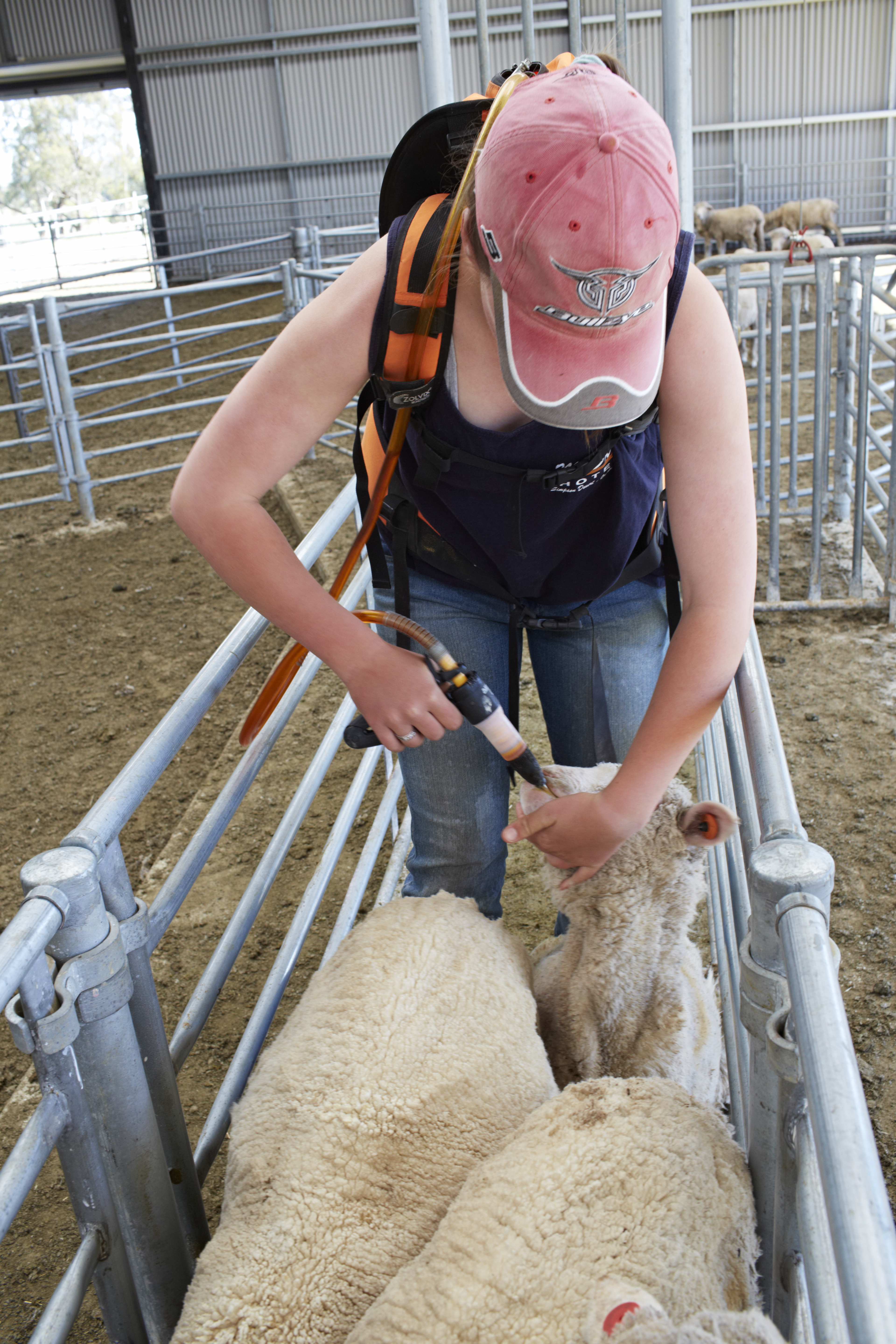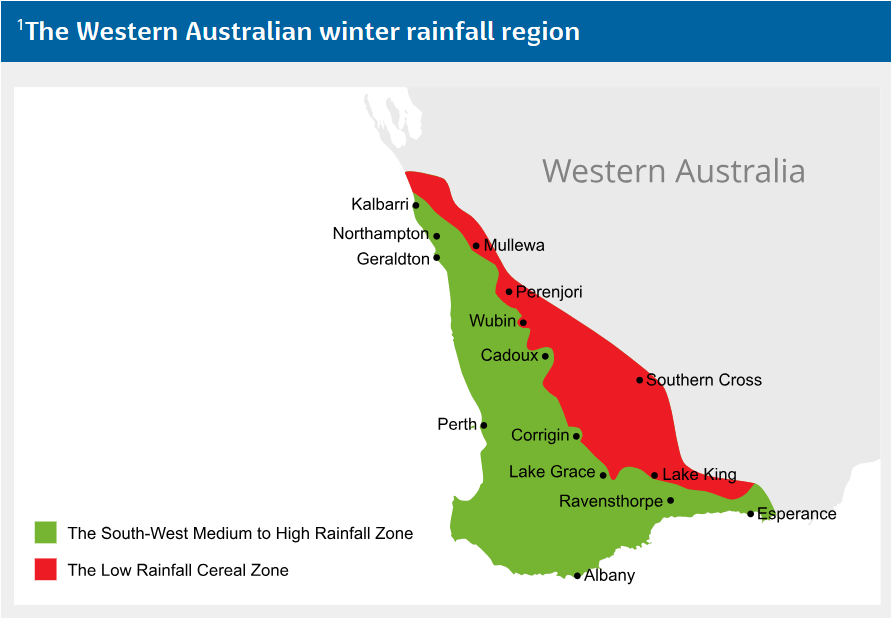Sustainable worm control with summer-autumn drenching

Hot, dry WA summers once supported “summer drenching,” but this approach drives drench resistance by leaving resistant worms to multiply. Current advice is a summer–autumn drenching program guided by Worm Egg Counts, with strategies like refugia, drench rotation and combination treatments. This article explains how to slow resistance, when to drench different sheep classes across rainfall zones, and how WEC tests support sustainable worm control.
Routine drenching programs in Western Australia are supported by our hot, dry summers and autumns that are characteristic of our Mediterranean environment. The ‘summer drenching’ program was previously recommended for worm management in Western Australia and was based on sheep being drenched in summer and then not picking up new worm burdens over the dry period. However, summer drenching has been confirmed as the main factor causing high levels of drench resistance in Western Australia, as any resistant worms that survive the summer drenches are the source of future worm populations. It is now recommended that a summer-autumn drenching program be used to prevent the development of drench resistance, whilst still providing effective worm control.
Managing drench resistance with refugia
Refugia is Latin for ‘in refuge’ and in the case of worm management, it refers to the population of worms that have not been exposed to a drench when sheep are treated. These are either worms that were present on pasture at the time of drenching or worms that exist in sheep that weren't drenched i.e., either some sheep within a mob that weren’t drenched or a mob of sheep that wasn’t drenched. Worms that are in refugia can be ingested by sheep after drenching, which dilutes the resistant worms and prevents them from becoming a significant proportion of the worm population present on the property. Reducing the proportion of the worm population with drench resistance is key, rather than reducing the actual number of worms with drench resistance. However, this is reliant on the worms in refugia being the same species as the resistant worms and susceptible to the same drench that was used to treat the sheep. Using refugia as a strategy for worm control is most applicable for scour worms and should be used with caution where barber’s pole worm is a major risk.
When pastures are green and temperatures are mild, worms within sheep can represent a small proportion of the total worm population. When pastures are dry and temperatures are hot, which don’t allow the development of worm eggs, most worms are present within sheep, with very few on the pasture. Maintaining a population of worms in refugia is a way of slowing the development of drench resistance and therefore prolonging the life of specific drench groups or actives on a given property. However, this must be coupled with other methods of worm control, as if there are too many worms in refugia, then there are more worms to re-infect sheep after drenching.
You can find more information on how to apply strategies for refugia on your property here.
When to drench in Western Australia?
The routine ‘summer-autumn drenching’ program is recommended for sheep in the South-West Medium to High Rainfall Zone, whilst routine drenching is only recommended for younger sheep in the Low Rainfall (Cereal) Zone.

|
Timing of routine drenches |
||
|
|
South-West Medium to High Rainfall Zone |
Low Rainfall (Cereal) Zone |
|
Lambs |
Weaning |
Weaning or when lambs are moved onto a crop stubble if this is within a few weeks of weaning |
|
Weaners |
Early summer, after pasture has dried off N.B. only a single drench is needed if weaning occurs when the lambs are on dry pasture or are being grazed on a crop stubble (i.e. the weaning and summer drench coincide) |
- |
|
Hoggets |
Early summer, as for weaners |
Early summer N.B. Conduct WEC tests for 2+ years and use these results to determine whether this routine drench is needed on your property |
|
Adults |
Autumn (end of March – end of April) N.B. summer drenches are rarely needed, however conduct a WEC test if worm burdens are suspected in summer |
- |
|
Areas with barber’s pole worm |
Consider a long-acting drench for ewes lambing in May or June |
- |
Ensure that you select a drench that is fully effective to reduce drench resistance. Where possible, these strategies should be used in combination to slow drench resistance:
- Use drenches most effective on your property.
- These drenches should ideally reduce Worm Egg Count (WEC) by at least 98%. If you don’t know the effectiveness of a drench on your property, you can conduct a DrenchCheck, which uses two WEC tests to see how much the drench reduces the WEC
- Use a combination of 2 or more drench groups
- Rotate drench groups each time a mob is drenched and for each paddock
- Use short-acting treatments
When to test for worms in Western Australia?
WEC tests are used to assess worm burdens in sheep and guide decisions on whether drenching is warranted. WECs are important to confirm whether symptoms of illness are likely caused by worms, to check if moderate worm burdens may be causing production losses without apparent signs of disease and to assess the level of pasture contamination with worm larvae as part of worm management. If you’re unfamiliar with how WEC tests are conducted, you can find more information here.
Worm eggs and larvae require moisture to develop, so routine WECs are generally recommended when sheep are grazing green pasture. The timing of WEC testing does vary between farms and seasons, so use the WormBoss Drench Decision Guide here to determine when WEC testing and drenching is recommended for your sheep. You can also use this guide to determine when to conduct your next WEC test or drench if you have drenched sheep at a non-routine time e.g., before harvest or holidays. General recommendations for routine WEC tests are provided in the following table. Worm control can be made more efficient using WEC tests over a couple of years to determine whether a routine drench or a WEC test is typically needed at a particular time of year on your property, for example:
- Testing ewes in early summer and mid-autumn in the Medium-High Rainfall Zone, where typically a summer drench is not justified, but an autumn drench is usually needed
- Testing ewes before providing pre-lambing drenches, as these are often given routinely but may not always be needed
- Testing hoggets in the Low Rainfall Zone, where drenches may not be warranted due to the dry conditions
|
Timing of routine Worm Egg Count tests |
||
|
|
South-West Medium to High Rainfall Zone |
Low Rainfall (Cereal) Zone |
|
Weaners |
6-weeks after their weaning drench, unless their summer drench is due. |
- |
|
Hoggets |
6-weeks after the break-of-season or by the end of June and then every 6-weeks until the end of spring. Every 6-weeks after a drench is given in winter or spring, unless a drench is due at about that time. |
- |
|
Adult sheep |
Late-lambing ewes (lambing after mid-June): 3-weeks before lambing is due to start. N.B. The routine autumn drench removes the need for WEC testing early-lambing ewes. |
Late March - April |
For more information, check out the following:
- When to WormTest and when to drench for Western Australia - WormBoss
- Using refugia to prolong drench life - WormBoss
- Sheep worms – sustainable summer-autumn worm control - DPIRD
Amy Lockwood, AWI Extension WA






.jpg/Zz0zNDRlNmZlMjBlYmMxMWYwOTk5YzVlMmQ3Njg2YmYwZg==)